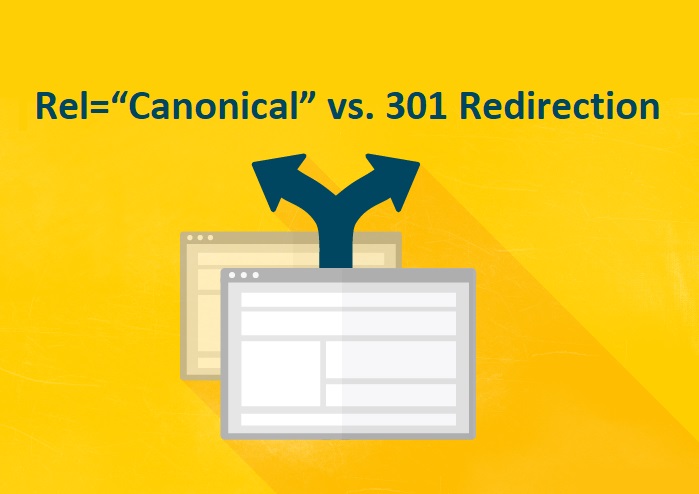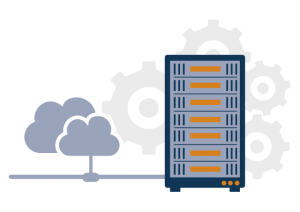
If you believe duplicate content isn’t a problem you’ll ever have to deal with, think again. Almost every website editor and producer will face a duplicate content issue at some point, and it’s essential to know how to handle it to maintain your SEO. So, which is better for Technical SEO? Let’s discuss SEO, canonical tags, and 301 redirect.
What’s The Problem With Duplicate Content?
At first, duplicate content may not seem like a significant issue, but if left unaddressed, it can harm your page ranking and cause confusion for your users. When dealing with duplicate content, you want to resolve it in a way that won’t damage your SEO. You have two options: use canonical tags or a 301 redirect. The best choice depends on your approach and requirements.
When To Use A Canonical Tag
A canonical tag informs search engines which version of your web page you’d like to be indexed. If you have two identical pages with different URLs, one page can refer to the other using canonical tagging. By doing this, you’re telling Google which of the two copies should be indexed. The other page, also known as the ‘referring page,’ is crawled as usual but not indexed.
How And Where To Place A Canonical Tag?
To optimise your SEO and canonical tag usage, you should place the tag in the header section of the web page. Thankfully, this doesn’t require any server-level changes. Instead, the crawler will read the tag in the header and understand that it needs to index this page. Canonical tags can also be used to prevent plagiarism or for SEO purposes when dealing with repeated content or when you’re unable to generate a unique URL.
For example, consider an online store selling dancewear with hundreds of different leotards, stockings, and dance shoes, all with slight variations in style, size, and colour. Despite their differences, your product descriptions will likely be similar or identical, resulting in duplicate pages. To prevent interference with your SEO plans and avoid user confusion, you can use a canonical tag to ensure Google indexes only one page.
When To Use 301 Redirect
Unlike a canonical tag, a 301 redirect sends users to a different URL from the one they entered in the browser, usually without them noticing. In most cases, this redirection doesn’t negatively impact the ranking ‘power’ of the page.
How to Implement a 301 Redirect?
Unlike a canonical tag, you’ll need to modify your .htaccess file to use a 301 redirect tag and position it on the server. Doing so allows the browser (or crawler) to send a URL request, which is matched at the .htaccess file and redirected to the URL you want to use.
301 Redirect And SEO
301 redirects can be set up for various reasons related to SEO. For example, you might need to change a URL and want to prevent error pages for your users. Like canonical tags, 301 redirects are also used to address duplicate content issues.
How and Where to Place a 301 Redirect
Let’s imagine that you manage the social media for a travel company, and some details about their Caribbean cruises require updates. Instead of losing traffic, links from other sites, and link strength, you can redirect users to the new page about 2019’s cruises using a 301 redirect.
No more cruises to St Lucia? A 301 redirect is also helpful when a product or service is no longer available. Instead of displaying a ‘sorry, we can’t find this page’ message to users, you can redirect them to a similar product. For instance, if the travel company has stopped offering cruises around St Lucia, you can redirect visitors to the page for cruises around nearby Martinique.
Finally, what if you’ve decided to create a brand-new website for the travel company? You wouldn’t want to lose their existing page ranking (especially if it was at the top). In this case, a 301 redirect is the solution. You can redirect the URL to the new site without damaging the existing ranking or causing disruption to users. It’s vital to ensure that all pages from the ‘old’ site are correctly tagged.
Are you now ready to tackle your technical SEO and implement canonical tags and 301 redirects? We hope so. However, if you need assistance, we’re here to help.



